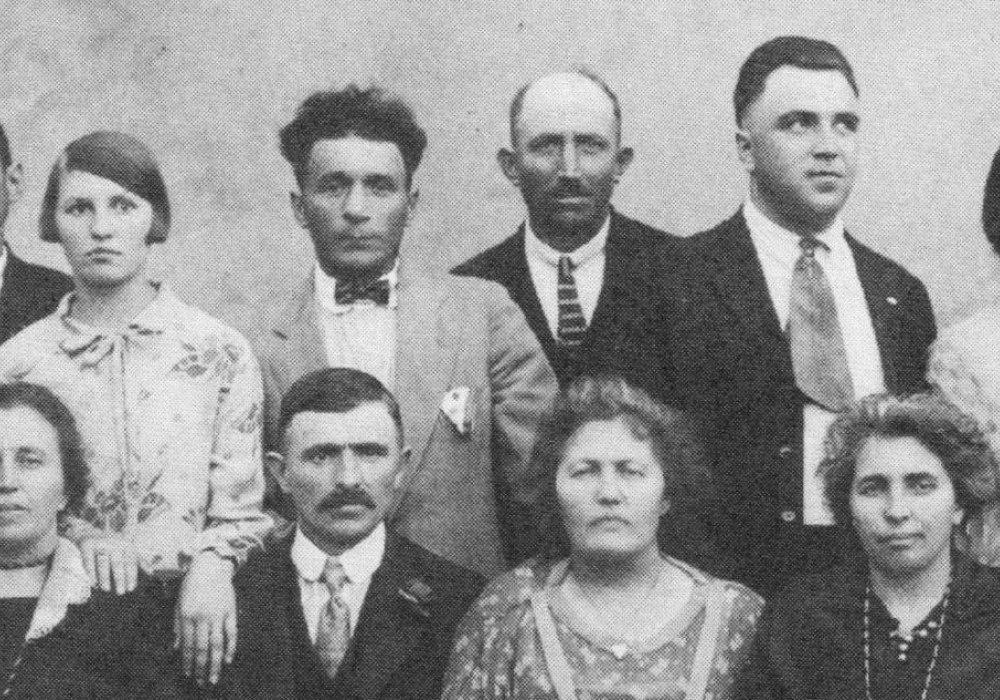Genealogy Tracing through DNA Testing

If you are passionate about genealogy you might have heard about DNA testing.
DNA is material that governs inheritance of eye color, hair color, stature, bone density and many other human and animal traits. Our body's cells each contain a complete sample of our DNA. As DNA is passed down from one generation to the next, some parts remain almost unchanged, while other parts change greatly. This creates an unbreakable link between generations and it can be of great help in reconstructing our family histories.
Our ancestors left clues to our genealogy in us and other descendents and with the help of DNA testing we can now unlock these clues.
DNA testing can:
- Determine if two people are related
- Determine if two people descend from the same ancestor
- Find out if you are related to others with the same surname
- Prove or disprove your family tree research
- Provide clues about your ethnic origin
The general procedure for taking a genealogical DNA test involves taking a painless cheek-scraping at home and mailing the sample to a genetic genealogy laboratory for testing.
There are two basic types of DNA tests available for genealogical testing:
1. Paternal Lineage Test (Y-Chromosome) Males can test their Y-DNA to determine the origin of their paternal line, though not the exact degree of the relationship. Note that the Y-DNA test strictly checks the paternal line, with no influence from any females along that line. Females do not receive Y-DNA, and therefore females cannot be tested for the paternal line. If you are a female and would like to know about your paternal line, you would need to have a brother or a male relative from that line tested. Y chromosome testing is most often used by individuals with the same last name to learn if they share a common ancestor. |
2. Maternal Lineage Test (mtDNA) Both males and females can test their mtDNA to determine the origin of their maternal line. Note that the mtDNA strictly checks the maternal line, with no influence from any males along that line. Men and women both receive their mtDNA from their mother. If two people have an exact match in their mtDNA, then there is a very good chance they share a common maternal ancestor, but it is hard to determine if this is a recent ancestor or one who lived hundreds of years ago. |
Today there are many websites offering DNA Testing; prices range from about $100 to $700 depending how sophisticated and comprehensive the test is. With some websites, you can also participate in DNA Groups and compare levels of relatedness. For instance, Family Tree DNA has built a very large Y-DNA and mtDNA database in the world and encourages customers' participation in lineage and geographical projects.
If genetics genealogy may allow people to extend their family trees by confirming a link where no conventional source records exist, Italian family documents such as births or baptism, marriage and death records can still take your family tree as far back as the 1600s. They can weave a story and provide information that it is specifically related to your family, such as names, occupations, ages and the name of the street where our ancestor was born.
DISCLAIMER: Reference herein to any specific commercial product, process, service by trade name, trademark, manufacturer, or otherwise, does not constitute or imply its endorsement, recommendation, or favoring by My Italian Family LLC.
